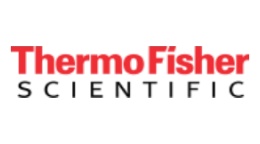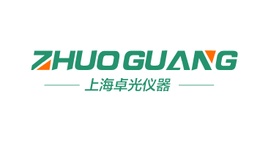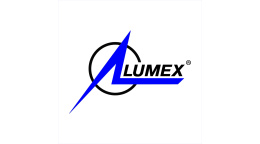方案详情文
智能文字提取功能测试中
FIGURE 1. Separation of seven common simple food carbohydrates with HPLC-PAD Direct Carbohydrate Analysis in Beveragesand Foods Using Pulsed AmperometricDetection or Charged Aerosol Detection ( Qi Zhang, Bruce Bailey, Dave Thomas, Marc Plante, and Ian Acworth Thermo Fisher S cientific, Chelmsford, MA , USA ) Overview Purpose: To develop simple direct methods for carbohydrate analysis in food andbeverage without requirement for sample derivatization. Two approaches arediscussed for direct analysis of carbohydrates in various food matrices, highperformance liquid chromatography with pulsed amperometric detection (HPLC-PAD)and high performance liquid chromatography with charged aerosol detection (HPLC-CAD). Methods: Three HPLC-PAD methods were developed using ion exchangechromatography,including one isocratic method for simple sugar analysis in fruit juice,soda and syrups, one method for lactose and lactulose analysis in milk, and onegradient method for carbohydrate profiling of beer. Two HPLC-CAD methods usingHILIC chromatography are also discussed for carbohydrate analysis in fruit juice and asports beverage. Results: These methods enable rapid separation and reliable determination ofcarbohydrates in various foods and beverages with simple sample preparation andminimal matrix interference. Introduction Carbohydrates are important food components affecting taste and nutrition. Thedetermination of the types and levels of carbohydrates in foods is important for energyevaluation, nutritional labeling, and quality control and for identifying possible productadulteration. Separation and detection of carbohydrates can be challenging. Simple carbohydratesare highly polar, uncharged, and as they lack a chromophore cannot be measureddirectly by UV absorbance detectors. HPLC with various detection techniques hasbeen used for carbohydrate analysis, such as IR, mass spectrometry, UV orfluorescence following derivatization. Although methods utilize derivatization improvethe chromatographic resolution and detector sensitivity, they can lead to increasedassay variability. This poster presents two approaches for direct carbohydrate analysis,HPLC-PAD and HPLC-CAD, which solve the challenges for separation and detectionwithout requirement forderivatization. Thermo ScientificDionexUltiMate3000 Electrochemical Detector now with PADcapabilities when coupled with a gold working electrode provides high sensitivity andselectivity for the measurement of carbohydrates in complex food sample matrices.Thermo Scientific" Dionex" Corona" Charged Aerosol Detector is a mass-sensitivedetector that can measure all non-volatile, and many semi-volatile compounds in asample, typically with low nanogram sensitivity. Application examples for various juicesamples, milk, beer, syrup and sport beverage will be discussed. Methods General Considerations for Pulsed Amperometric Detection The Thermo Scientific Dionex UltiMate 3000 LC system with PAD platform consisted ofa base-compatible HPLC system, a Thermo UltiMate 3000 ECD-3000RSelectrochemical detector and a gold working electrode. Carbohydrates were separatedusing ion exchange and determined under basic conditions using a four-pulsewaveform. It is essential to make sure no titanium is in the flow path as its degradationunder basic conditions can lead to deterioration of column and electrode performance. To prevent carbonate formation, all mobile phase should be kept under helium spurgeor blanketed under helium gas. Carbohydrate Analysis by HPLC-PAD System: Pump: ISO-3100 SD or LPG-3400SD Autosampler: WPS-3000TSL Analytical Autosampler Column: Anion exchange, 4.1 x250 mm, 7um Temperature: 30°C EC detector: EC-3000RS with 6041RS sensor and gold target EC Parameters: +200 mV 500 ms AD 300 ms -2000 mV 10 ms +600 mV 10 ms -100 mV 10 ms HPLC-PAD Method for Simple Sugar Analysis in Fruit Juice, Cola Soda, and Syrup Mobile phase: 80 mM sodium hydroxide Flow rate: 1.5 mL/min Injection olume: 25 uL Sample Cola soda: 1:1000 dilution in Dl water preparation: Fruit juice: 1:1000 dilution in DI water, for juice with pulp, centrifuge andfilter with 0.2 um filter before dilution Syrup: 100 ug/mL dillution in DI water HPLC-PAD Method for Lactose and Lactulose Analysis in Milk Mobile phase A: 20 mM NaOH Mobile phase B: 200 mM NaOH Flow rate: 1.5 mL/min Gradient: 20 mM NaOH for 20 min, clean the column with 200 mM NaOH at endof run for 5 min, then equilibrate with 20 mM NaOH for 10 min Injection volume:225 pL Sample Protein precipitation with 1% perchloric acid at1:10 dilution, centrifuge,preparation: then dilute in DI water HPLC-PAD Method for Carbohydrate Analysis in Beer Mobile phase A: 100 mM sodium hydroxide Mobile phase B: 1 M NaOAc in 100 mM NaOHFlow rate: 1.5 mL/minGradient: 100 mM NaOH for 2 mins, then 100% A to 30% B in 58min,gradient curve 6 Injection volume::220 uL Sample 1:10 dilution in DI water preparation: HPLC-CAD Method for Carbohydrate Analysis in Fruit Juice Column: Thermo ScientificAccucore" 150-Amide-HILIC,2.1x150 mm,2.6 um Mobile phase: 6% 250 mM ammonium formate, 87% acetonitrile, 7% DI waterFlow rate: 0.8mL/min Temperature: 75°CInj.volume: 3pLDetector: Thermo Scientific" Dionex" Corona Veo"SD (evaporator temperature high) Sample Centrifuge with 0.2 um centrifuge filter at 13,000 rpm, 1:100 dilution inPreparation: DI water. then 1:10 dilution in acetonitrile HPLC-CAD Method for a Sport Beverage Column: Thermo ScientificAcclaimTrinity"P2,3x50mm,3 um Mobile phase: 20%100mM ammonium formate at pH 3.65, 80% acetonitrileFlow rate: 0.6 mL/minTemperature: 50°CInj. volume: 5 uLDetector: Corona Veo RS, evaporator 55℃Sample Decolorize with Thermo Scientific" DionexOnGuard"lI P cartridge,Preparation: dilute 1:40 in mobile phase Results and Discussion Direct Carbohydrate Analysis with HPLC-PAD Carbohydrates are weak acids, and they are ionized when high pH mobile phaseconditions are used. This allows for their separation by anion exchange chromatography,followed by sensitive and direct detection using pulsed amperometric detection. PAD ismuch more sensitive than UV and refractive index and its sensitivity is comparable tofluorescence detection. It is a very selective and specific detection mode sinceinterferences from sample matrix become invisible to the detector, making samplepreparation for many applications as simple as diluting the matrix with deionized water.The reproducibility of detection is enhanced by using a four pulse waveform that keepsthe electrode surface clean even when complex samples are injected on the HPLCcolumn. A rapid method for separation of seven simple carbohydrates commonly found in foodsand beverages is shown in Figure 1. Simple sugars were completely separated withgood resolution within 12 minutes. Figure 2 shows application of this method to fruit juiceand soda samples. Several different types of syrup samples are shown in Figure 3demonstrating the versatility of this HPLC-PAD method. All samples were simply dilutedin Dl water prior to injection. nC Sorbitol Gluc Sucr Raffinos Maltose min 0.0 2.0 4.0 6.0 8.0 10.0 12.0 14.0 15.0 FIGURE 2.Carbohydrate analysis in fruit juice and cola soda with HPLC-PAD FIGURE 2.Carbohydrate analysis in fruit juice and cola soda with HPLC-PAD nC Sorbitol 'Glucose Fructose Sucrose min 0.0 2.0 4.0 6.0 8.0 10.0 FIGURE 3. Carbohydrate analysis in syrups with HPLC-PAD FIGURE 3. Carbohydrate analysis in syrups with HPLC-PAD min nc Gluc Fructose Sucrose The global prevalence of lactose intolerance has created a large market for lactose-freeproducts and the need for a simple, reliable and accurate method for determination oflactose in milk and other dairy products. The level of lactulose, which is formed byisomerization of lactose during the heat treatment of milk, can be used as an indicatorto differentiate milk of different pasteurization or sterilization processes.The AOAC enzymatic method for lactose determination is time consuming and needsextensive reagent preparation. Figure 4 shows a simple HPLC-PAD method fordetermination of lactose and lactulose in milk within 35 minutes cycle time and requiresminimal sample preparation. FIGURE 4. Lactose and lactulose analysis in milk with HPLC-PAD Figure 5 shows a gradient HPLC-PAD method for profiling carbohydrates in beer. Thismethod uses sodium acetate in addition to sodium hydroxide to increase the mobilephase strength to reduce the retention of oligosaccharides. This method allows forseparation of malto-oligosaccharides up to DP13-15, as well as separation of someDPs3 simple sugars such as glucose, fructose,sucrose and maltose, which enablescarbohydrate profiling of different types of beer. Three different beers were analyzed,including a double chocolate stout, a Guinness extra stout, and a wheat beer and theircarbohydrate profiles are compared in Figure 5. FIGURE 5. Carbohydrate profiling for beer with HPLC-PAD method. Direct Carbohydrate Analysis with HPLC-CAD HPLC with charged aerosol detection is another direct method for carbohydrateanalysis. HILIC chromatography is utilized for separation of carbohydrates prior to CADdetection. Charged aerosol detection is a universal detection technique. It allowsdetection of any non-volatile and many semi-volatile samples independent of analytechemical structure. Figure 6 shows separation of carbohydrates in various fruit juices on an Accucore Amide150 column. This column provides excellent resolution and speed of separation of thevarious carbohydrate species when using decreased amounts of water along withelevated column temperatures. This provides the complete analysis of carbohydratesfound in various beverages with a run time of only 6 minutes. Other food products suchas honey and different corn syrups (data not shown) have also been successfullyanalyzed using HILIC chromatography methods with CAD detection. These techniquesrepresent good examples of detecting analytes that possess weak or no chromophoresusing very simple analytical conditions and sample preparation. FIGURE 6. Analysis of carbohydrates in various fruit juice sampleswith HPLC-CAD using a Amide-HILIC column. The method for simultaneous analysis of carbohydrates and electrolytes in a sportsbeverage shown in Figure 7 represents a good example of the universal character ofCorona Veo. An Thermo ScientificTM DionexTM AcclaimTM TrinityTM P2 column was usedin HILIC mode for separation in this method. Acclaim Trinity P2 columns offer cation-exchange, anion-exchange and HILIC retention mechanisms on the same phase. Theability of Trinity column to separate organic compounds, cations, and anionssimultaneously, together with the universal detection of Corona Veo, allows forseparation and detection of carbohydrates and the electrolyte chloride and sodium ionsin a single run. FIGURE 7. Carbohydrate and electrolyte analysis of a sports beverage with HPLC-CAD. 8 · Both HPLC-PAD and HPLC-CAD provide simple, direct methods for carbohydrateanalysis without the need for sample derivatization. Three HPLC-PAD methods usingion-exchange chromatography for carbohydrate analysis in fruit juice, soda, syrupsand milk, as well as an gradient HPLC-PAD method for beer carbohydrate profilingwere discussed. Two HPLC-CAD methods using HILIC chromatography are alsodiscussed for carbohydrate analysis in fruit juice and a sports beverage. ·Pulsed amperometric detection is highly sensitive and selective. Sample preparationcan be as simple as dilution in water. · Electrochemical detection in DC mode can be used for other food components suchas antioxidants, vitamins and amino acids. ·Charged aerosol detector is a universal mass sensitive detector, and can be used formeasurement of any nonvolatile and many semi-volatile analytes. Charged aerosoldetection is applicable to many food. This includes antioxidants, amino acids, lipids,proteins, peptides, surfactants, artificial sweeteners, dyes, preservatives andemulsifiers. SCIENTIFIC Direct Carbohydrate Analysis in Beverages and Foods Using Pulsed Amperometric Detection or Charged Aerosol Detection
关闭-
1/7
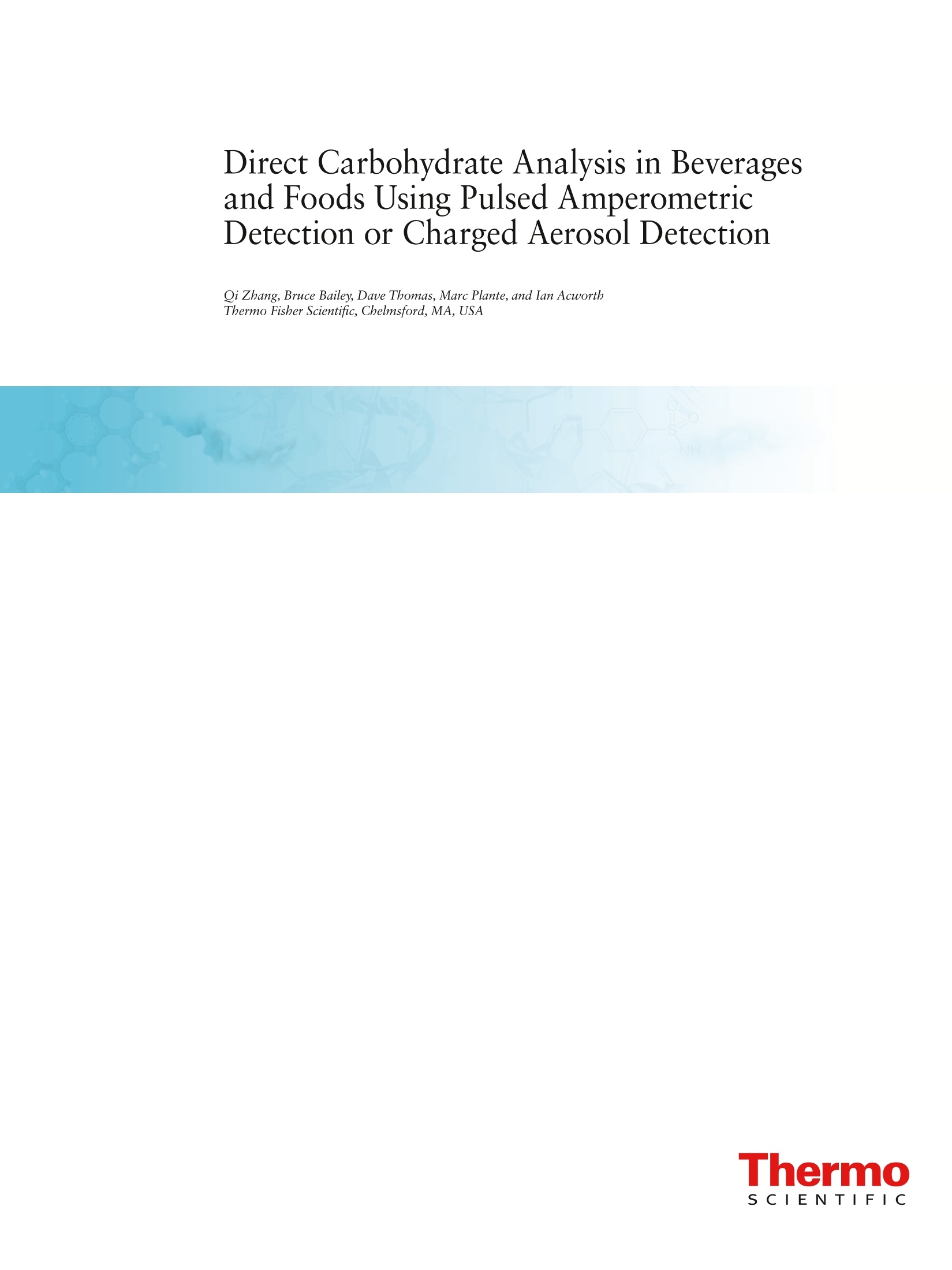
-
2/7
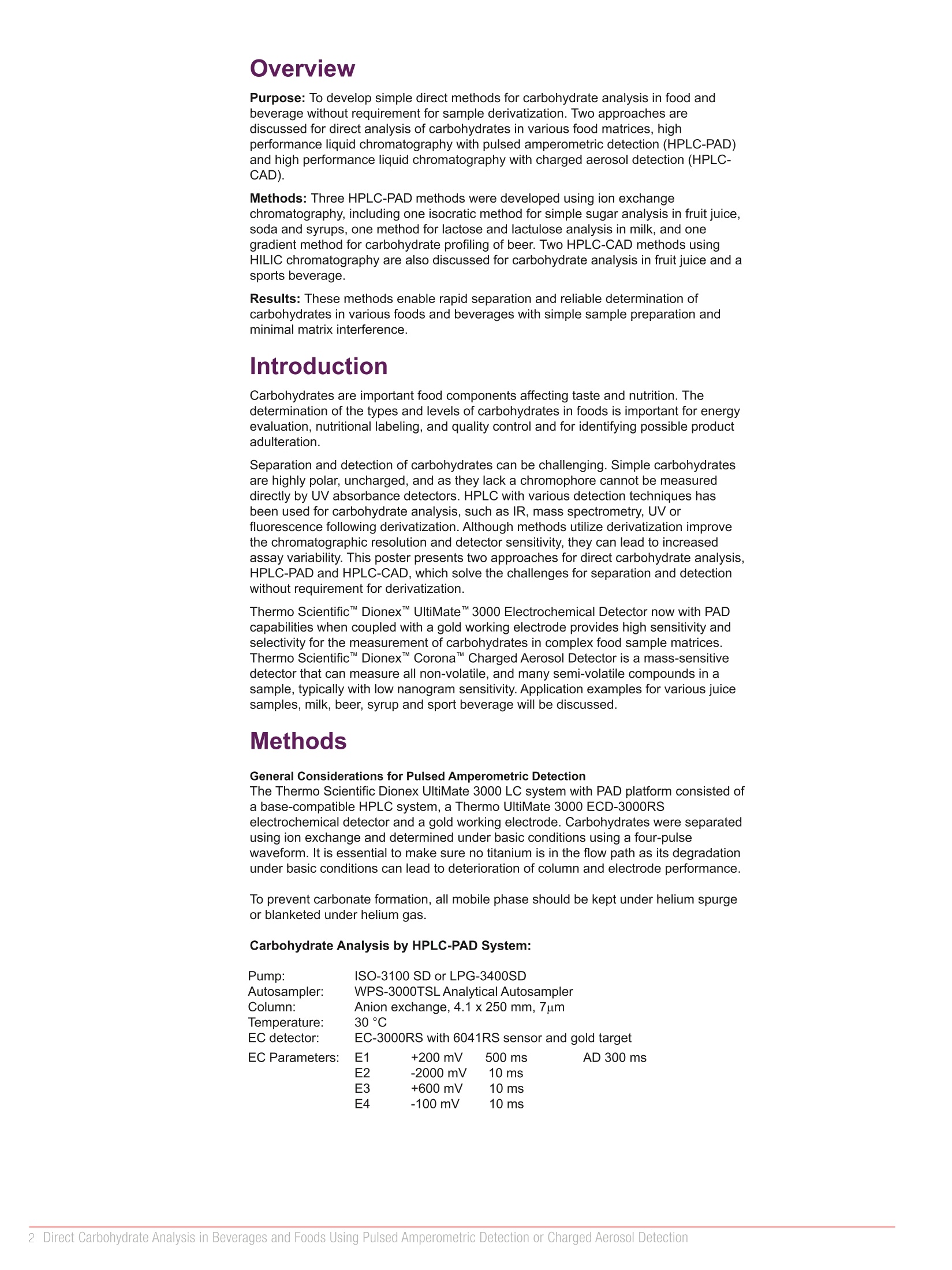
还剩5页未读,是否继续阅读?
继续免费阅读全文产品配置单
赛默飞色谱与质谱为您提供《饮料和食品中碳水化合物检测方案(液相色谱仪)》,该方案主要用于果蔬汁类及其饮料中营养成分检测,参考标准《暂无》,《饮料和食品中碳水化合物检测方案(液相色谱仪)》用到的仪器有赛默飞 Vanquish™ UHPLC超高效液相色谱系统。
我要纠错
推荐专场
相关方案
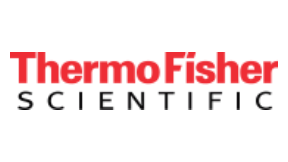

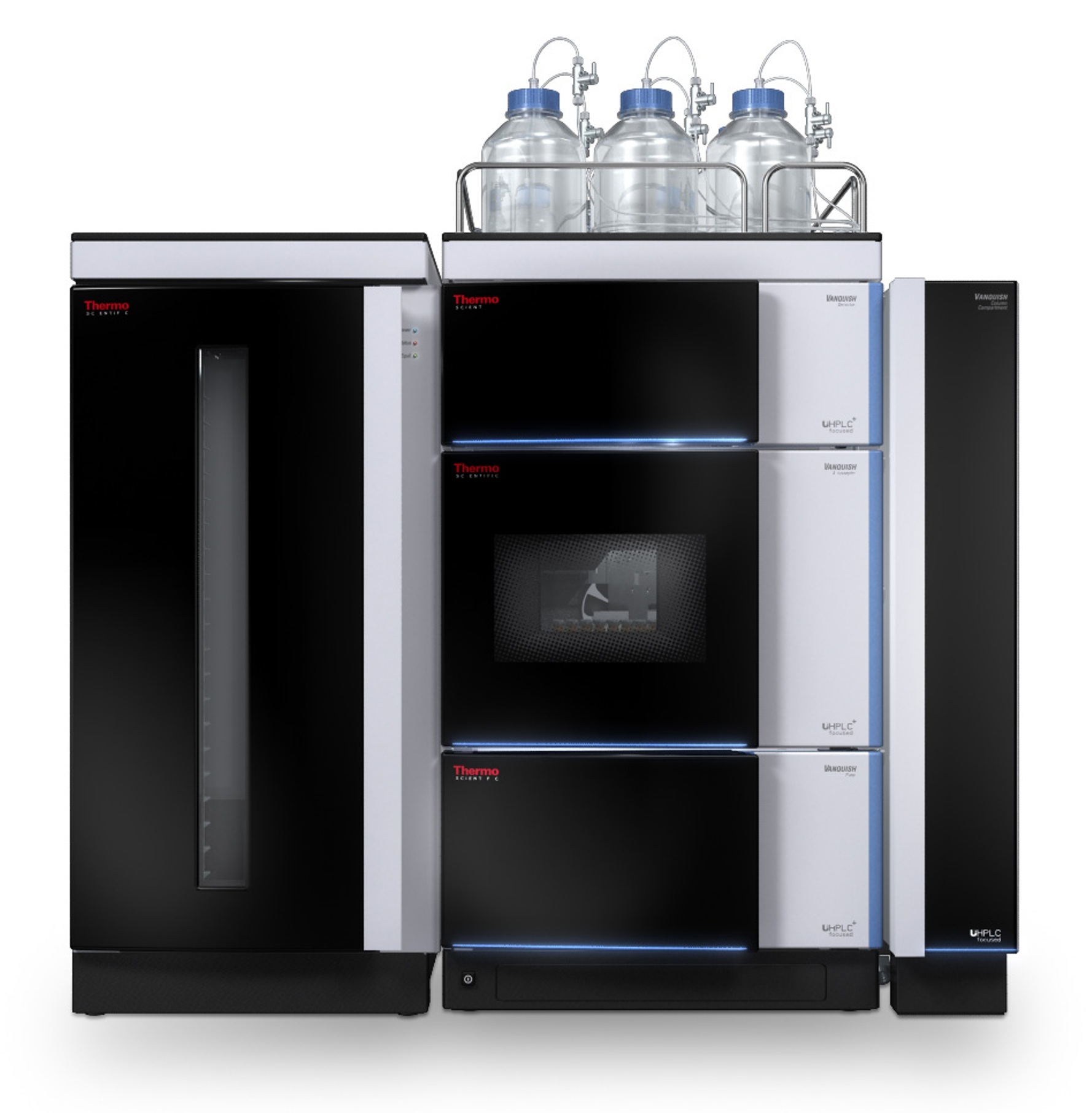
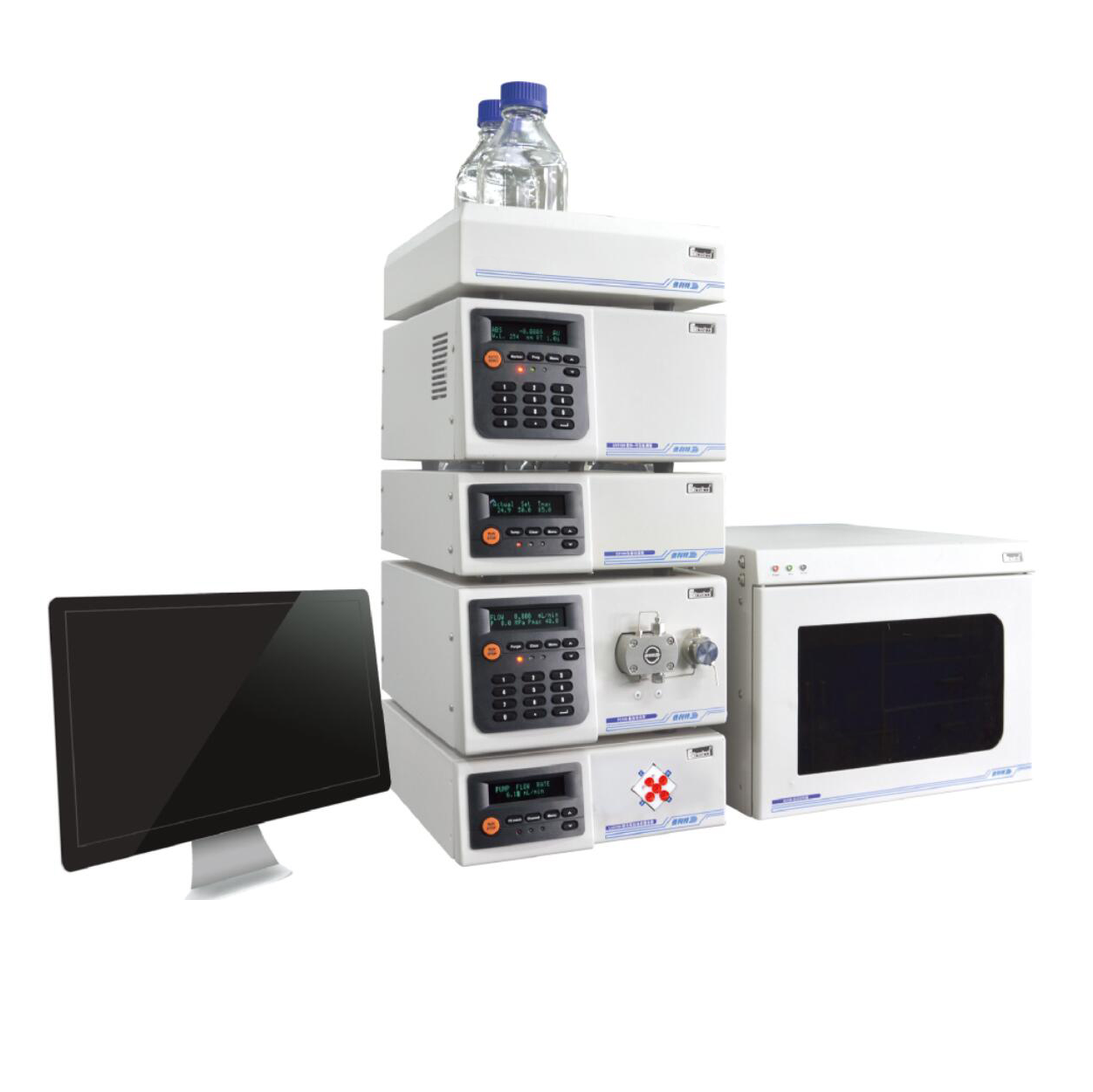
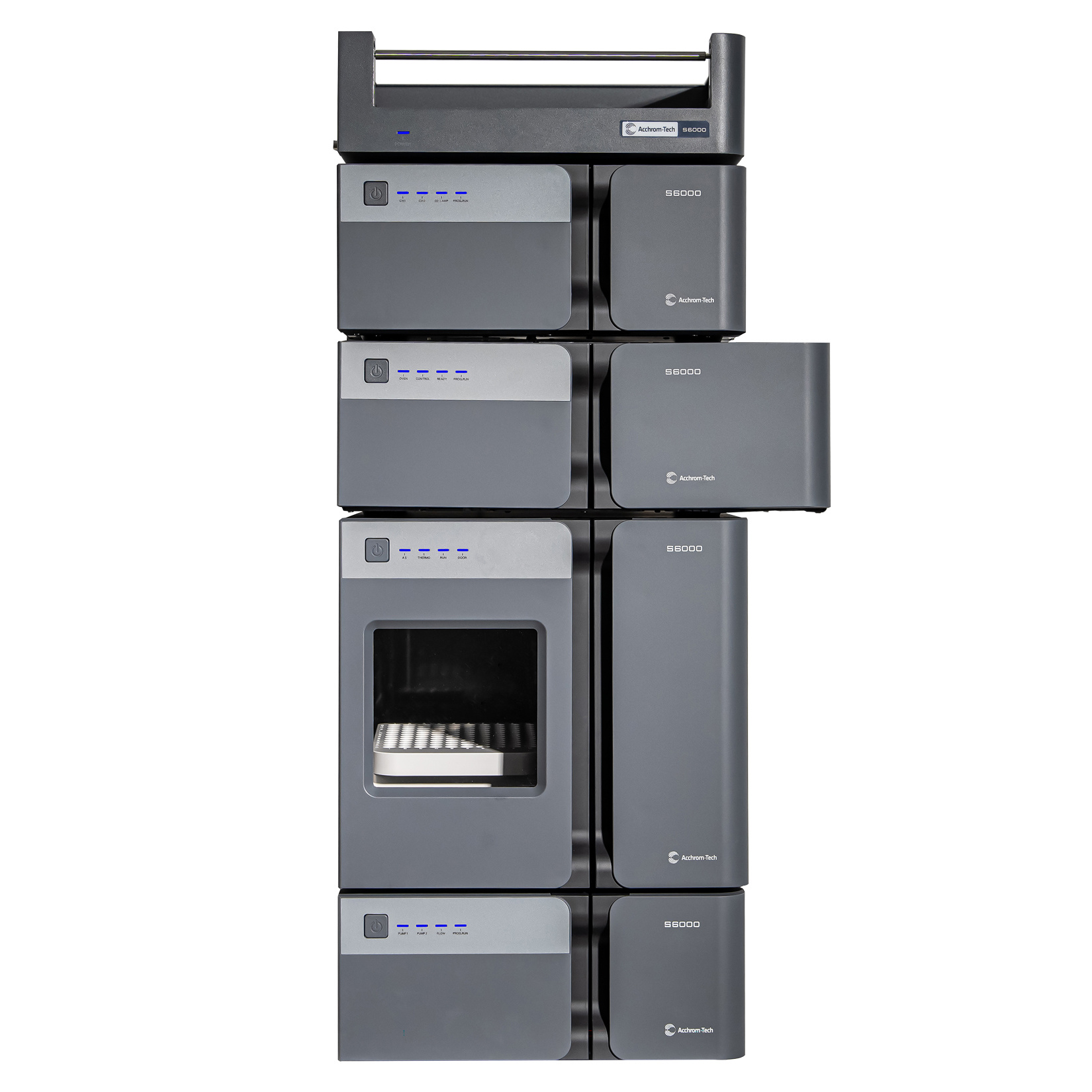
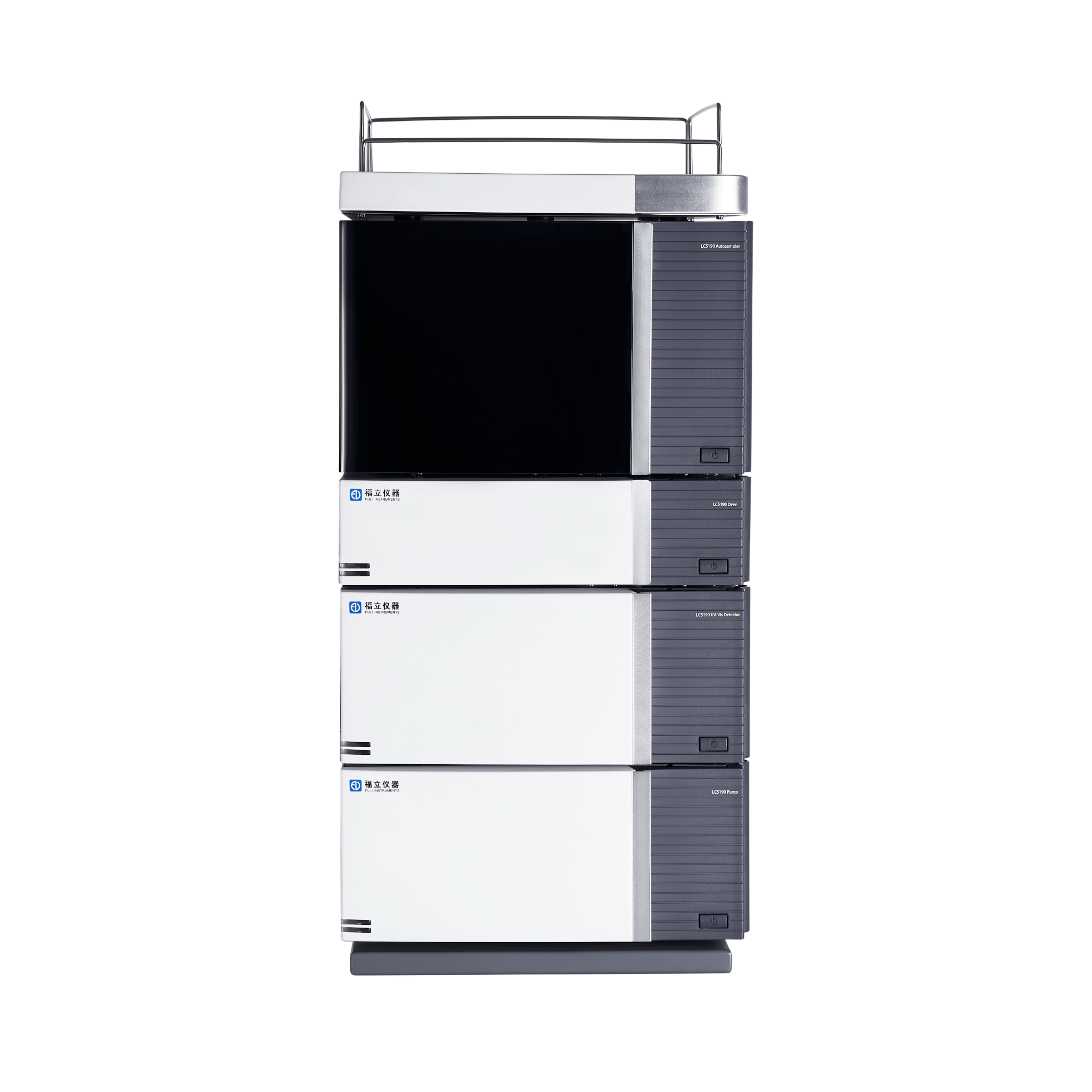
 咨询
咨询